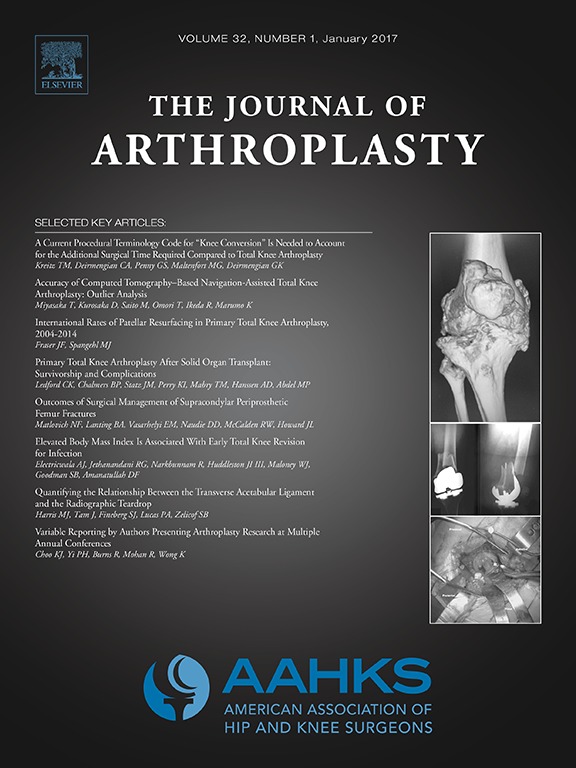
ARTHROPLASTY
Cemented stem implantation: Finite element simulation vs. clinical bone densitometry
J Arthroplasty. 2014 Jan;29(1):90-100. doi: 10.1016/j.arth.2013.03.028.64 patients scheduled to undergo total hip arthroplasty were randomized to receive either a VerSys or ABG-II cemented femoral stem. Bone mineral density was monitored over a 5 year follow-up period and a finite element (FE) simulation was run concurrently, modelling stem mechanical behavior and measuring the biomechanical variations. At 5 years postoperatively, correlations between clinical results and FE simulation models were found in several GRUEN zones, suggestive of biomechanical influences in the adaptive bone remodeling process. Additionally, bone growth was seen to progressively increase during the entire study period. Nonetheless, this area of research warrants further studies.
Unlock the full ACE Report
You have access to {0} free articles per month.Click below to unlock and view this {1}
Unlock NowCritical appraisals of the latest, high-impact randomized controlled trials and systematic reviews in orthopaedics
Access to OrthoEvidence podcast content, including collaborations with the Journal of Bone and Joint Surgery, interviews with internationally recognized surgeons, and roundtable discussions on orthopaedic news and topics
Subscription to The Pulse, a twice-weekly evidence-based newsletter designed to help you make better clinical decisions
Exclusive access to original content articles, including in-house systematic reviews, and articles on health research methods and hot orthopaedic topics
Or upgrade today and gain access to all OrthoEvidence content for just $1.99 per week.
Already have an account? Log in


Subscribe to "The Pulse"
Evidence-Based Orthopaedics direct to your inbox.
{0} of {1} free articles
Become an OrthoEvidence Premium Member. Expand your perspective with high-quality evidence.
Upgrade Now












































































